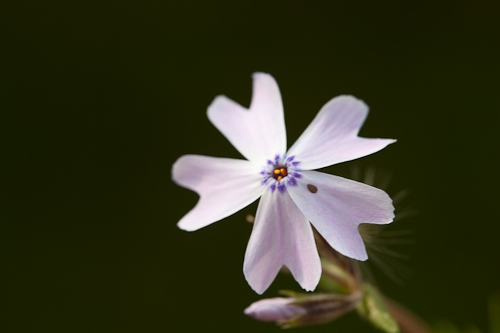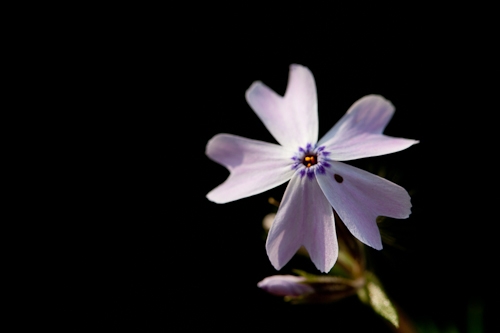Are you guilty of ignoring your camera’s metering mode setting? Did you know that your choice can have a big impact on your final photo? Learn about the different metering modes and the results they create.

Spread the joy! Share today’s tweetable!
Note: The technique here is useful for those who are shooting in JPEG, and must nail their exposure in camera, since they are not editing their photos afterwards. If you are shooting in RAW, you may or may not find this technique of value. With RAW, the most important thing is to get a right-biased photo histogram by whatever means or metering mode possible.
Video Transcript
Have you ever actually changed your camera metering mode? Or are you guilty of just ignoring it? Did you know it can dramatically affect the look of your final image in certain situations? Hi, I’m Julie from Ultimate Photo Tips, and in today’s video, I’m going to explain the different metering modes, and show you how selecting different modes can impact your final photo.
A camera uses its metering system to measure the light in a scene. In automatic exposure modes, it uses those metering readings to set the aperture and shutter speed to get a correct exposure. Let’s talk about the different camera metering modes you can choose from:
First, there’s evaluative or matrix metering. This is a reasonable choice for a default mode. With this setting, the camera averages the light in the entire scene to come up with a recommended exposure. However, your camera is calibrated to measure everything under the assumption that it reflects light like an object that has a luminance of middle grey. Since the real world is actually full of objects that reflect light differently than middle gray, your camera’s meter may not always get the exposure correct using this averaging mode. That’s why the next modes I’m going to talk about can be so important.
So, next we have spot metering. Spot metering is for taking an exposure reading of a very small part of a scene. It’s weighted in the very centre of the frame, so you need to line up the subject that you want to meter with the center, and then lock your exposure (check your manual for how to lock exposure) and recompose if you need to. This spot metering mode is useful if you want to ensure that a particular spot in the photo is properly exposed.
Partial metering is similar to spot metering. It just uses a little more area around the centre to take a reading. It can be useful when the background is very bright relative to the subject, to prevent your subject from being rendered as a silhouette.
Finally, some cameras also offer centre-weighted average metering. It’s a bit like a cross between evaluative metering and partial metering. The exposure reading is weighted to bias the subject at the center, but also averaged over the entire scene.
Let’s wrap up by looking at an actual example of the same subject shot with different metering modes.
In the following example, I have a brightly lit subject against a shaded background. Here, I’ve used evaluative, or matrix camera metering to get an exposure that works to balance the highlights and shadows across the entire scene. You can see detail in the background. This was taken in aperture priority mode at f/5.6. The camera selected a shutter speed of 1/80s.

Evaluative metering; f/5.6, 1/80s
© Julie Waterhouse
In the next photo, I’ve changed the camera metering mode to spot metering, and metered off the flower. Because the flower is very bright, this metering mode has caused the background to go black. This was also taken in aperture priority mode at f/5.6. This time, the camera selected a faster shutter speed of 1/250s.

Spot metering; f/5.6, 1/250s
© Julie Waterhouse
The best way to learn how to use different camera metering modes is through practice. Dust off your camera manual to find out how to change modes, and how to use exposure lock, and then try a few shots with the same subject, and different modes. You will gain a whole new level of creative control over your images.
That’s it for today! If you enjoyed this video, please join me over on ultimate-photo-tips.com for more great photo tips, and make sure to sign up for my newsletter while you’re there. That’s where I share ideas and inspiration that I don’t share anywhere else.
Happy shooting, and I’ll see you next time!